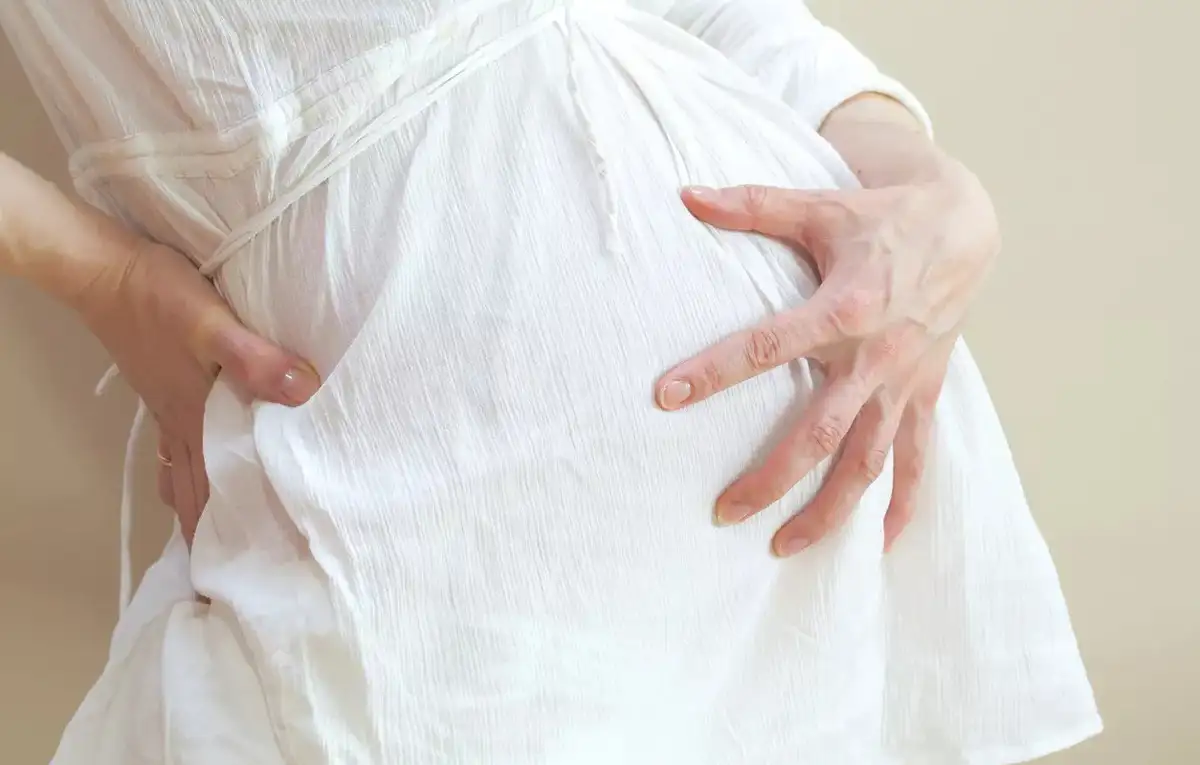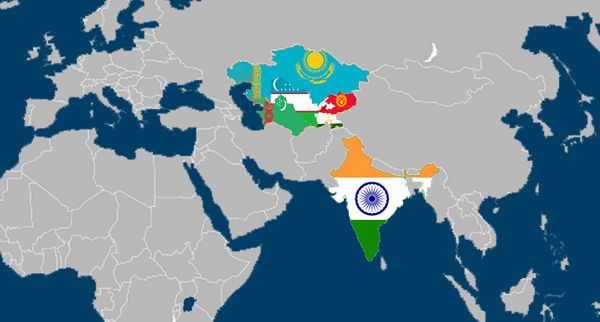- Courses
- GS Full Course 1 Year
- GS Full Course 2 Year
- GS Full Course 3 Year
- GS Full Course Till Selection
- MEP (Mains Enrichment Programme) Data, Facts
- Essay Target – 150+ Marks
- Online Program
- GS Recorded Course
- NCERT- First Ladder
- Polity
- Geography
- Economy
- Ancient, Medieval and Art & Culture AMAC
- Modern India, Post Independence & World History
- Environment
- Governance
- Science & Technology
- International Relations and Internal Security
- Disaster Management
- Ethics
- Current Affairs
- Indian Society and Social Issue
- CSAT
- 5 LAYERED ARJUNA Mentorship
- Public Administration Optional
- ABOUT US
- OUR TOPPERS
- TEST SERIES
- FREE STUDY MATERIAL
- VIDEOS
- CONTACT US
How Air Pollution Increases the Risk of Premature Births
How Air Pollution Increases the Risk of Premature Births
05-06-2025

- A new study by researchers at Emory University in the United States discovered how air pollution during pregnancy can increase the chances of premature and early-term births.
- A premature birth also called a preterm birth, is when a baby is born before completing 37 weeks of pregnancy.
- An early-term birth is when the baby is born between 37 weeks and 38 weeks and 6 days of pregnancy.
- Babies born early are more likely to have health problems, especially if they are born much earlier than expected.
- The study specifically focused on fine particulate matter, also known as PM2.5 (Particulate Matter that is 2.5 micrometers or smaller in diameter).
What is PM2.5 and Why Is It Harmful?
- Particulate Matter 2.5 (PM2.5) refers to tiny particles in the air that are 2.5 micrometers or smaller in size — this is about 30 times smaller than the width of a human hair.
- These fine particles are mainly produced from sources like:
- Vehicle exhaust (cars, trucks).
- Industrial emissions (factories).
- Burning of coal, wood, or crop waste.
- Wildfires.
- Because they are extremely small, PM2.5 particles can enter deep into the lungs and even pass into the bloodstream, which makes them especially dangerous.
How Does PM2.5 Affect Pregnant Women?
- The Emory University study found that even short-term exposure to PM2.5 during pregnancy can disturb important bodily functions, increasing the risk of early labor and delivery.
- This happens because PM2.5 affects the levels of certain natural chemicals in a pregnant woman’s body that are essential for maintaining a healthy pregnancy.
Which Body Chemicals Are Affected by PM2.5?
- The study identified two important substances in the blood that are changed due to exposure to PM2.5:
- Cortexolone: A type of glucocorticoid, which is a steroid hormone made naturally by the adrenal glands (located above the kidneys).
- Glucocorticoids help control inflammation, regulate metabolism, and support the immune system.
- LysoPE (Lysophosphatidylethanolamine 20:3): A lipid molecule, or fat-based substance, which plays a key role in cell structure and communication.
- When PM2.5 exposure causes changes in these substances, it can disrupt hormone balance and cell function, increasing the likelihood of premature labor.
Other Health Processes Affected
The study also found that PM2.5 pollution can disturb:
- Protein digestion and absorption: This process allows the body to break down and use protein from food, which is very important for the growth and development of the baby.
- Aromatic amino acid metabolism: Amino acids are the building blocks of protein, and changes in their processing can harm the baby’s brain development, immune system, and growth.
What Does This Mean for India?
- India has one of the highest levels of PM2.5 in the world, especially in cities and industrial areas.
- The average concentration of PM2.5 in India is 60.15 micrograms per cubic meter (µg/m³).
- This is more than 12 times higher than the safe limit of 5 µg/m³ recommended by the World Health Organization (WHO).
- Due to this high pollution, India experiences a large number of stillbirths and preterm births every year — around 217,000 stillbirths in India are linked to air pollution.
- Stillbirth refers to the death of a baby before or during delivery, after 20 weeks of pregnancy.
- Notable, Stillbirth is not a miscarriage, a miscarriage usually happens before 20 weeks of pregnancy.
Health Risks of Premature and Early-Term Births
- Premature birth is the leading cause of death among children under five years of age across the world.
- Babies born early may face serious problems such as:
- Cerebral palsy – a brain condition that affects movement and coordination.
- Respiratory distress syndrome – difficulty in breathing due to immature lungs.
- Poor growth, learning difficulties, and frequent infections.
- Even babies born during the early-term period (just before full term) may face:
- Feeding problems.
- Weaker immune system.
- Increased chances of hospital admissions in the first weeks of life.
|
Must Read: Maternity Leave Part Of Reproductive Rights |
What Is India Doing to Help Pregnant Women?
The Indian government has started several health programs to improve maternal and newborn health:
- Janani Suraksha Yojana (JSY): A scheme that encourages hospital births among poor women to reduce deaths of mothers and babies.
- 102 Free Ambulance Service: A free emergency transportation service for pregnant women and newborns.
- Mission Indradhanush: A vaccination program that immunizes children under 2 years and pregnant women against preventable diseases.
- National Health Mission (NHM): A nationwide effort to improve healthcare services, especially in rural and underserved areas.
- Pradhan Mantri Surakshit Matritva Abhiyan (PMSMA): This program provides free, comprehensive antenatal care to pregnant women on the 9th day of every month at designated government facilities. It includes check-ups by specialists, lab investigations, and counselling.
- Pradhan Mantri Matru Vandana Yojana (PMMVY): This scheme provides financial assistance to pregnant women and lactating mothers to encourage institutional deliveries and improve maternal and newborn health
Which Areas in India Are Most Affected?
- Delhi regularly ranks among the most polluted cities in the world, with extremely high levels of PM2.5.
- States like Uttar Pradesh and Madhya Pradesh have the highest maternal mortality rates in India, meaning many women die due to complications during pregnancy and childbirth.
- Uttar Pradesh: 192 maternal deaths per 100,000 live births.
- Madhya Pradesh: 170 maternal deaths per 100,000 live births.
- Bihar has shown some improvement in pregnancy care:
- The number of women getting antenatal care check-ups (doctor visits during pregnancy) increased from 18.7% to 34.6% over recent years.
|
Must Read: Six Months Maternity Leave for Surrogates |
|
Legal Protection for Mothers: Supreme Court’s Ruling on Maternity Leave
What the Supreme Court Said About Reproductive Rights
Clarifying the Law
Population Control vs. Reproductive Rights
|




